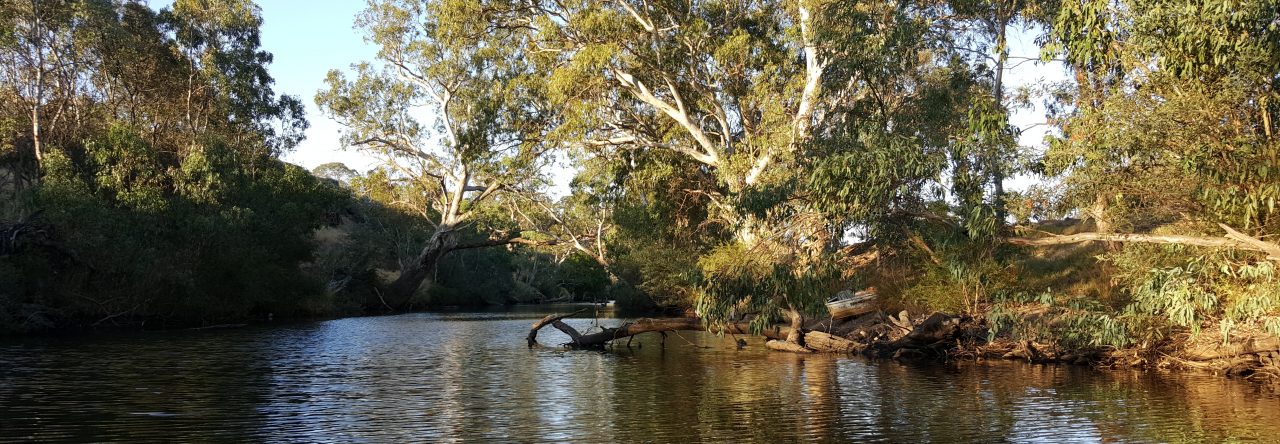So as I’ve been continuing to survey puddle water from now multiple locations (having collected some more from a new, muddier puddle in a parking lot), I’ve discovered more and more awesome organisms. These include Eudorina in huge numbers (thousands in a single drop of water), as well as other types of colonial algae and some more rotifers.
But by far my favorite (non-algal) discovery in puddle water has been testate amoebae.

When one says “amoeba”, the first thing that comes to mind is probably this clear, shape-shifting blob that spawns in the most disgusting of pond scum, morphing itself into the semblance of a giant mouth that eats anything that gets in its way. And by and large, that image is mostly correct. The term “amoeba” can refer to most any single-celled organism that can willingly and readily slosh around its cytoplasm (its internal jelly-like volume) and change shape. In doing so, it can not only eat (by surrounding its prey with its own body and engulfing it) but also move by grabbing onto objects and pulling itself towards them. This action is typically performed by extending jelly-filled projections out of the cell called pseudopods, which derives its etymology from the Greek for “false feet”.
While amoeboid organisms or organisms with amoeboid cells or life stages (including humans – the white blood cell called the macrophage travels through the blood and eats up invading bacteria and viruses!) are common and evolutionarily very successful, some problems with adopting a “blob” form quickly arise. The most obvious, it would seem, is the fragility of the organism – just stab it and it will pop, right? At the cellular level, it’s not that simple (I would presume – I know very little about amoebae), but clearly, as amoebae are usually slow and they must be flexible to change shape, they would appear to make easy prey.
One solution that amoeboid organisms have come up with is to create a shell, also known as a test – these particular amoebae are thus called testate amoebae. Like a hermit crab’s stolen shell, the test provides the amoeba with an element of protection, and can also be filled with air or water to help the amoeba sink or float, depending on its food source or need for light. Also like how a hermit crab can still poke out of its shell a little to collect food and move around, testate amoebae extend pseudopods from an opening in their test, which they use for hunting and locomotion. Testate amoebae are so successful that they have appeared in several unrelated lineages of microorganisms – the Arcellinida, a lineage of microorganisms that have practically exclusively testate amoeboid forms; the Rhizaria, which include saltwater plankton species as well as shelled amoebas; and the Stramenophila, many members of which (such as diatoms) are species of algae, and others of which are testate amoebae.

Although it’s relatively easy to find testate amoebae in most samples from permanent bodies of water, either tangled up in masses of algae or resting in layers of sediment (peat bogs are especially reputable places to look for these), I was quite surprised to see them in puddle water. However, some amoebae such as the infamous brain-eater Naegleria fowleri have multiple life cycle stages, including a cyst which is resistant to environmental hardship; thus, it’s not a stretch to imagine that other species can survive drying out completely.
I found two species in the puddle water: the first one pictured in this post is probably a representative of the common genus Arcella, and the second is unidentified. The small species of Arcella I typically see are normally an absolute pain to photograph because it is a buoyant species, meaning it likes to store gas bubbles inside its shell and float on the water’s surface. This behavior has been noted as early as in the 1910s, and while it may help the amoeba to collect its food, it means that it is prone to being blown around by tiny air currents and is thus impossible to take time-lapse video of. In addition, they usually like to hold their blobs of cytoplasm to themselves closely, without extending the pseudopods one expects from an amoeba. However, I found a single individual which behaved exactly the opposite – sinking to the bottom of the microscope slide and crawling around with classic amoeboid behavior – and I had to capture it on video. So here is a time-lapse of its motion at 10x real speed and 100x magnification:
On the other hand, the second unidentified amoeba species seems to always behave very well, sinking straight to the bottom of the water drop and extending several pseudopods. I presume that it prefers to search the sediments for edible particles, and its shell appears to be weighted down by mineralized material to give it additional weight and prevent its disturbance by water currents or wind. Sadly, whatever it is, I don’t think I will ever be able to find out. Several studies have found that they are practically impossible to culture, and I don’t have the right tools to sequence and analyze its DNA. But here is a video of it all the same, also filmed at 10x real speed and 100x magnification over the course of 3 minutes:
So that’s the basics on testate amoebae from puddle water. In future posts, I hope to find more of these from different bodies of water and share them here too. Stay tuned.
Works cited:
Bles, E. J. (1929). Arcella. A Study in Cell Physiology. Journal of Cell Science, S2-72, 527-642.
Gomaa, F., Kosakyan, A., Heger, T. J., Corsaro, D., Mitchell, E. A., & Lara, E. (2014). One Alga to Rule them All: Unrelated Mixotrophic Testate Amoebae (Amoebozoa, Rhizaria and Stramenopiles) Share the Same Symbiont (Trebouxiophyceae). Protist, 165(2), 161-176. doi:10.1016/j.protis.2014.01.002
